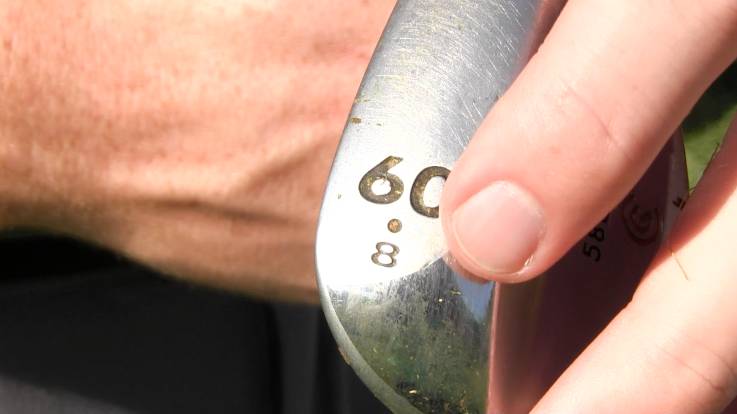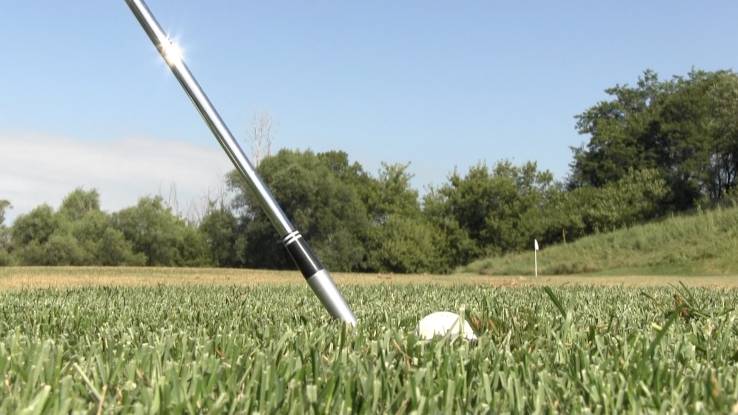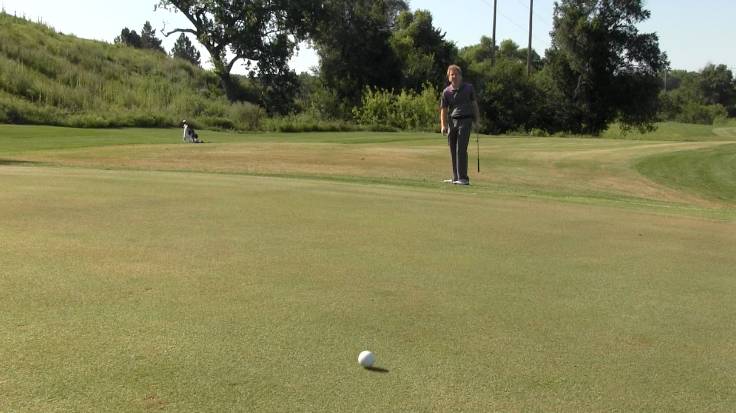Video Lesson: Understanding Wedge Bounce
08/19/2015
Understanding bounce in your wedges can help you dictate not only your club selection, but also your shot selection. But how exactly do you determine wedge bounce? More importantly, what is wedge bounce, and how does it affect your golf shot? Troy Klongerbo is here to help explain what bounce is, and how you can determine the type of bounce you need for different shots.
Hey golfers, Troy Klongerbo here with USGolfTV, and today we’re going to talk about course management; and specifically, managing the bounce in your wedge (wedge bounce). Now if you don’t know what the bounce is, it’s essentially this back edge—this back phalange you’ll notice on the back of your club. And the measurement is the measurement between the sole of the golf club and the leading edge, and the ground and how they relate when the club is held in a vertical position.
Now, why is wedge bounce important to you? That’s a good question: bounce is important to you because it has a huge, huge play and plays a huge role in the shots you’re hitting around the green and into the green with your wedge shots. You’ll notice that wedge bounce varies anywhere from four to 14 degrees, typically in two degree increments; and can be found either on the bottom of the golf club, by where the degrees of the club is; on the back of the club, in a single digit or maybe a ten or a twelve, or it could be found on the hosel sometimes.

Now more wedge bounce—the more bounce you have—it means it’s going to be holding that leading edge further off the ground at impact. So if you’re playing in softer conditions or longer grass, or maybe your fairways are a little bit longer, you’re going to want that more bounce to help you from chunking the ball and really reducing your margin for error.

On the other side, when you have a low degree of wedge bounce in your club, you’re going to be using that off hard pans, where maybe you’re playing off of a tight fairway or a really firm condition, like what the Tour pros play on at the U.S. Open. A lot of those guys will have a wedge around four degrees or even less, so they can really hit those nip shots.
Now if you play a high bounce golf club, that means it’s going to be really hard for you to nip that shot, because that bounce is there to help you in softer conditions, which also means it’s going to make those shots off the hard pan a little bit harder for you to hit.

So be sure to ask your Tour pro or your PGA Professional at your golf course what degree of wedge bounce is going to be good for you. Experiment; experiment with a ten, a 14, an 8, maybe even a four and see, which wedges do I feel most comfortable with; and which are going to save me shots around the golf course. Wedge bounce is a pretty important thing to understand, and I think you guys should really dive in and really learn what helps you play the best golf.


Golf Blog & Instructional Golf Videos